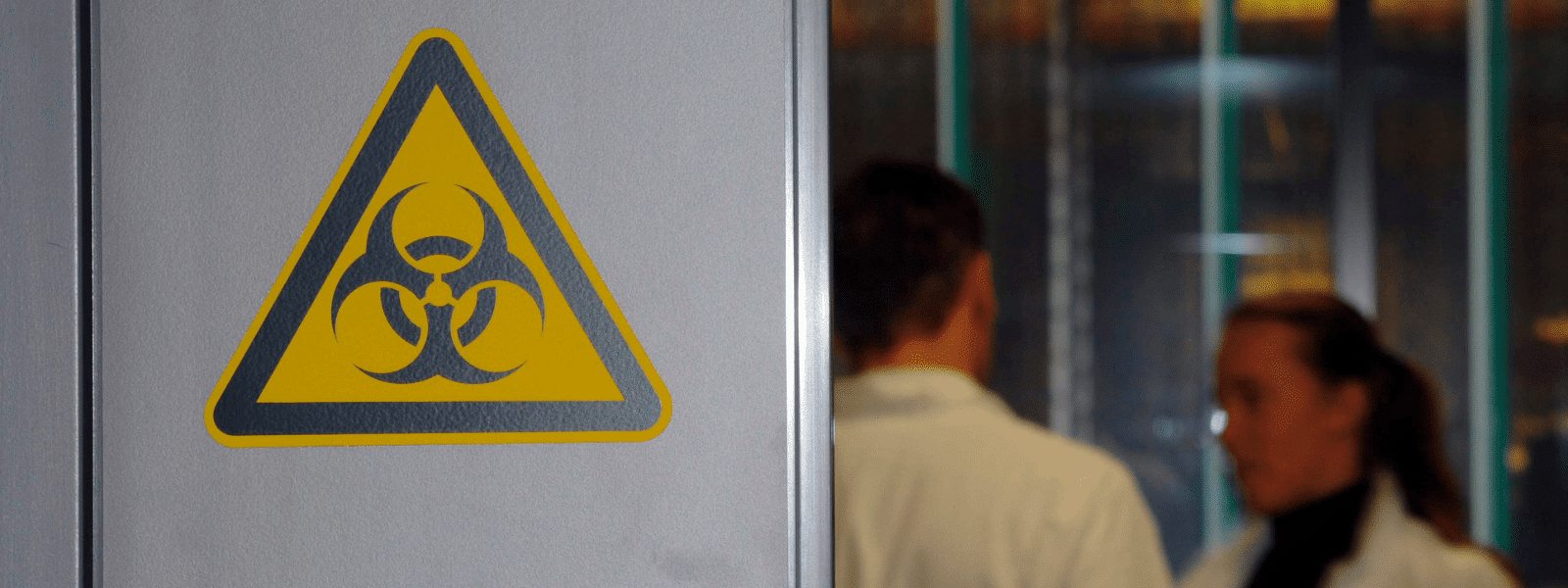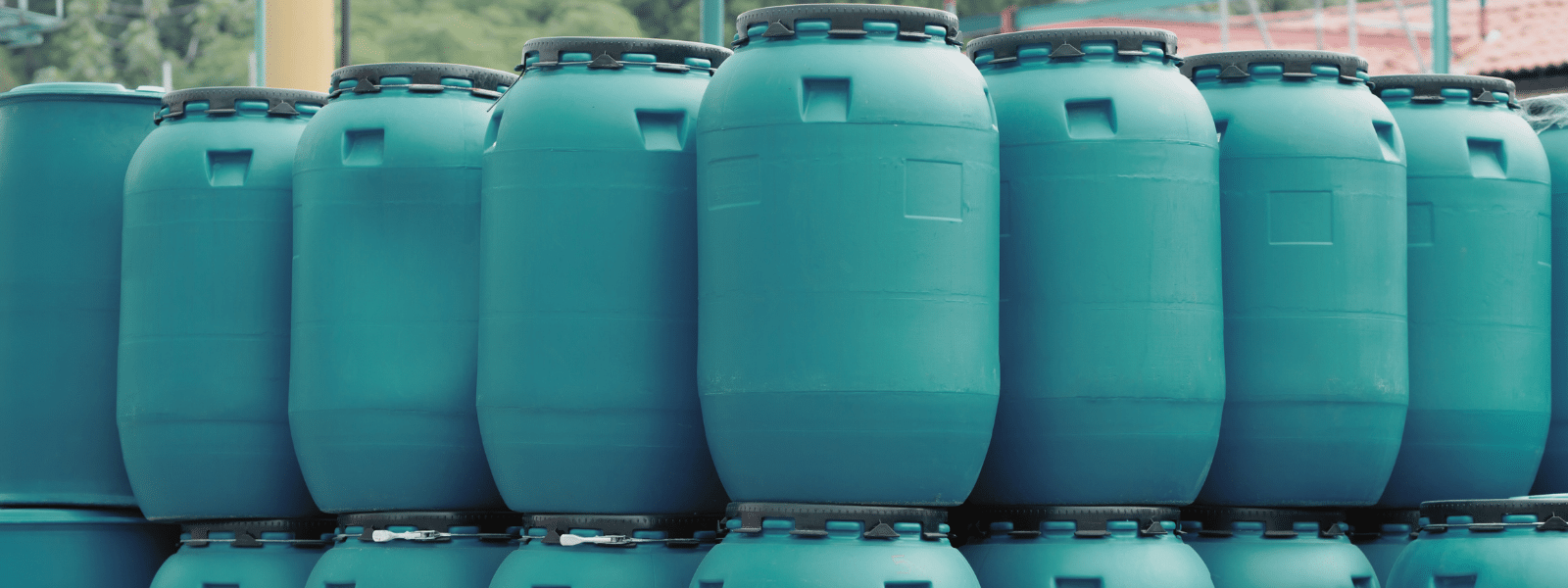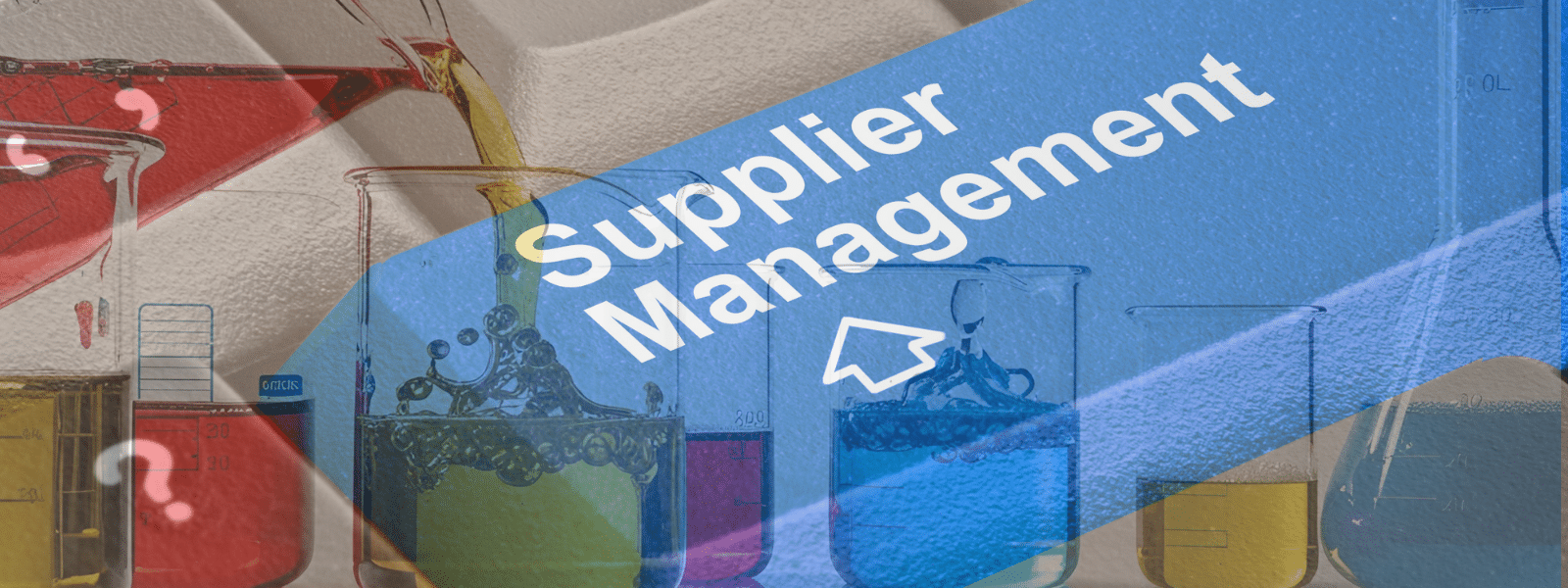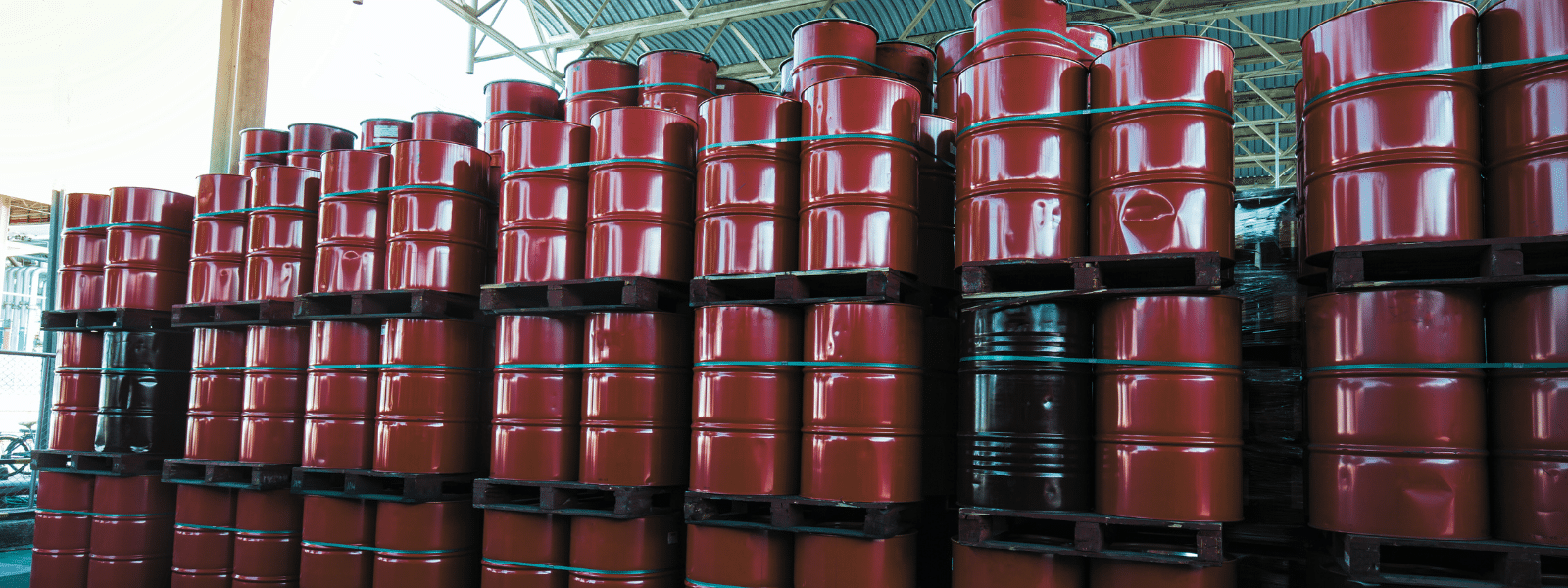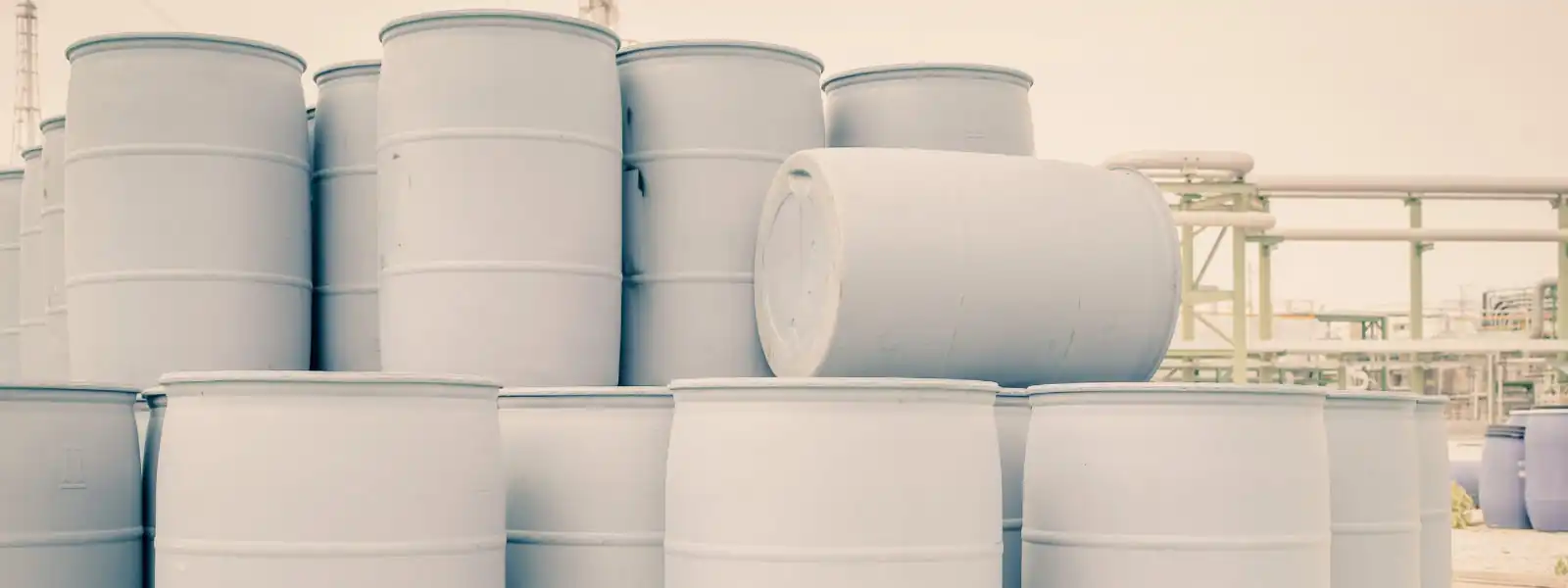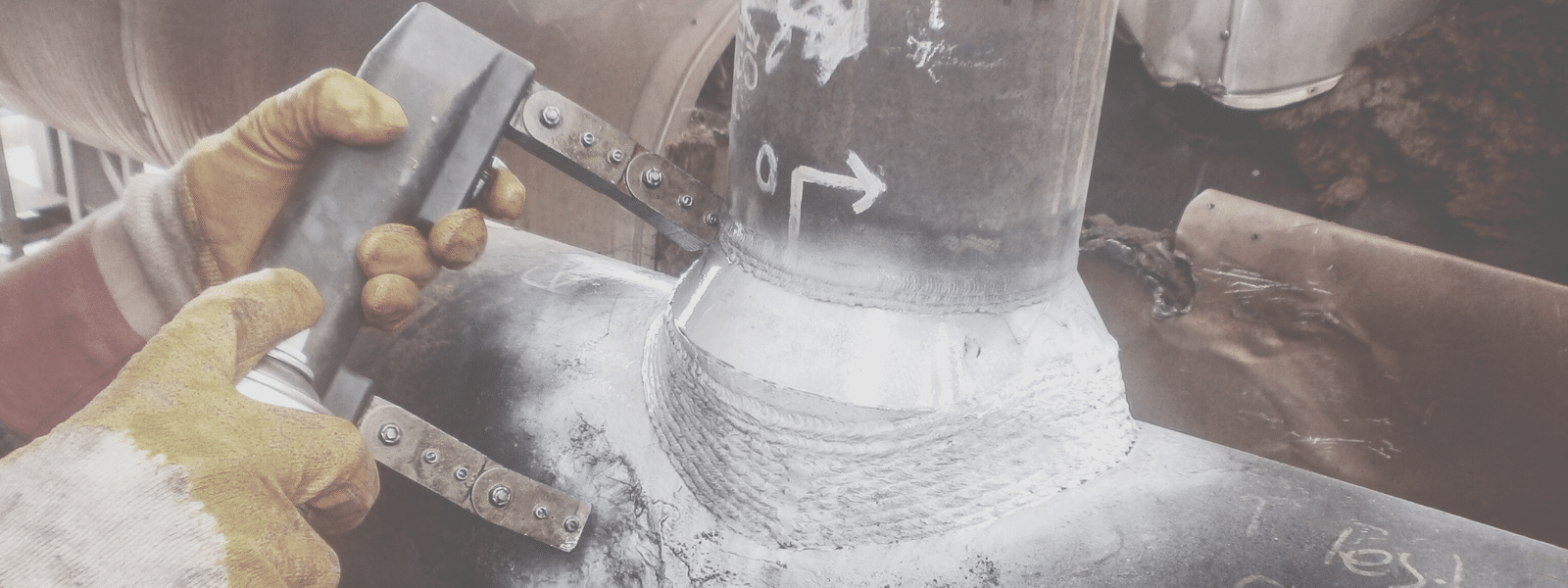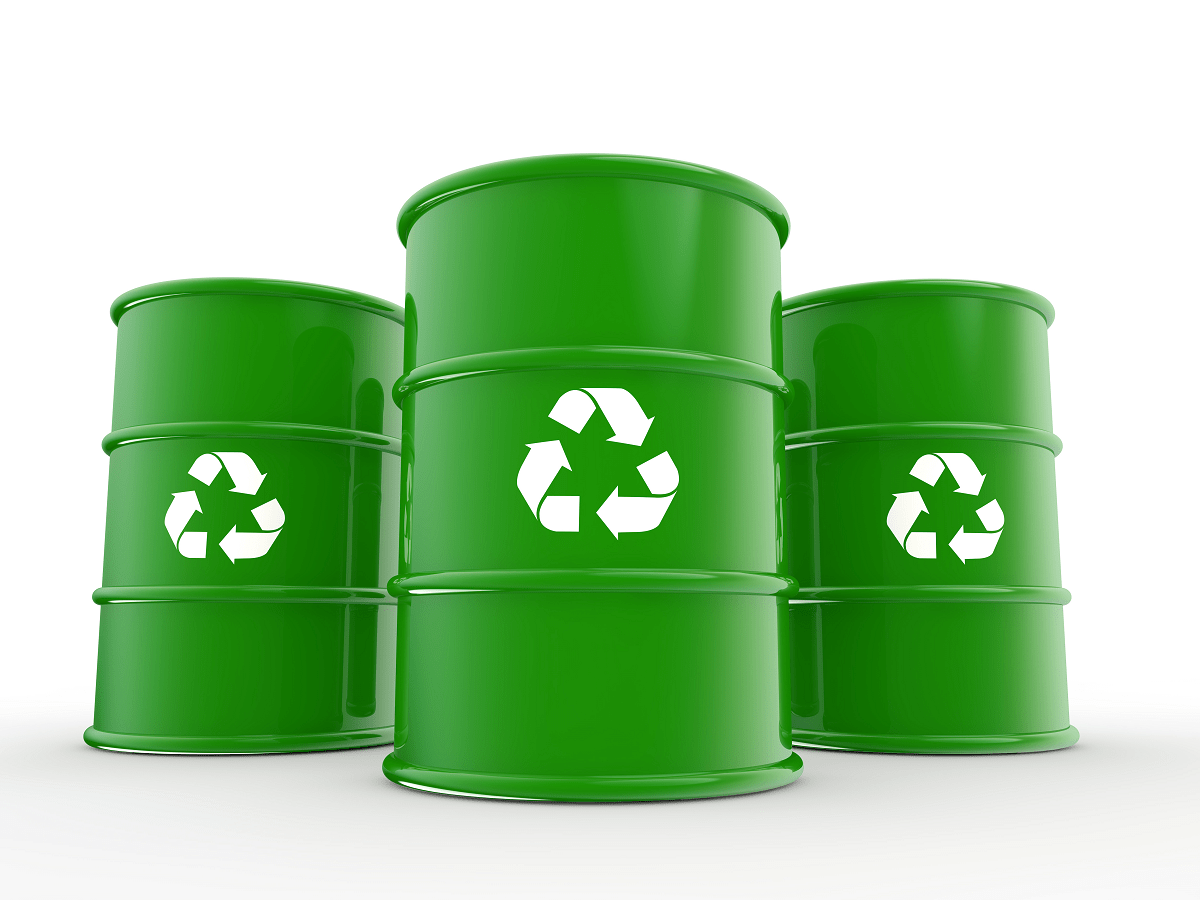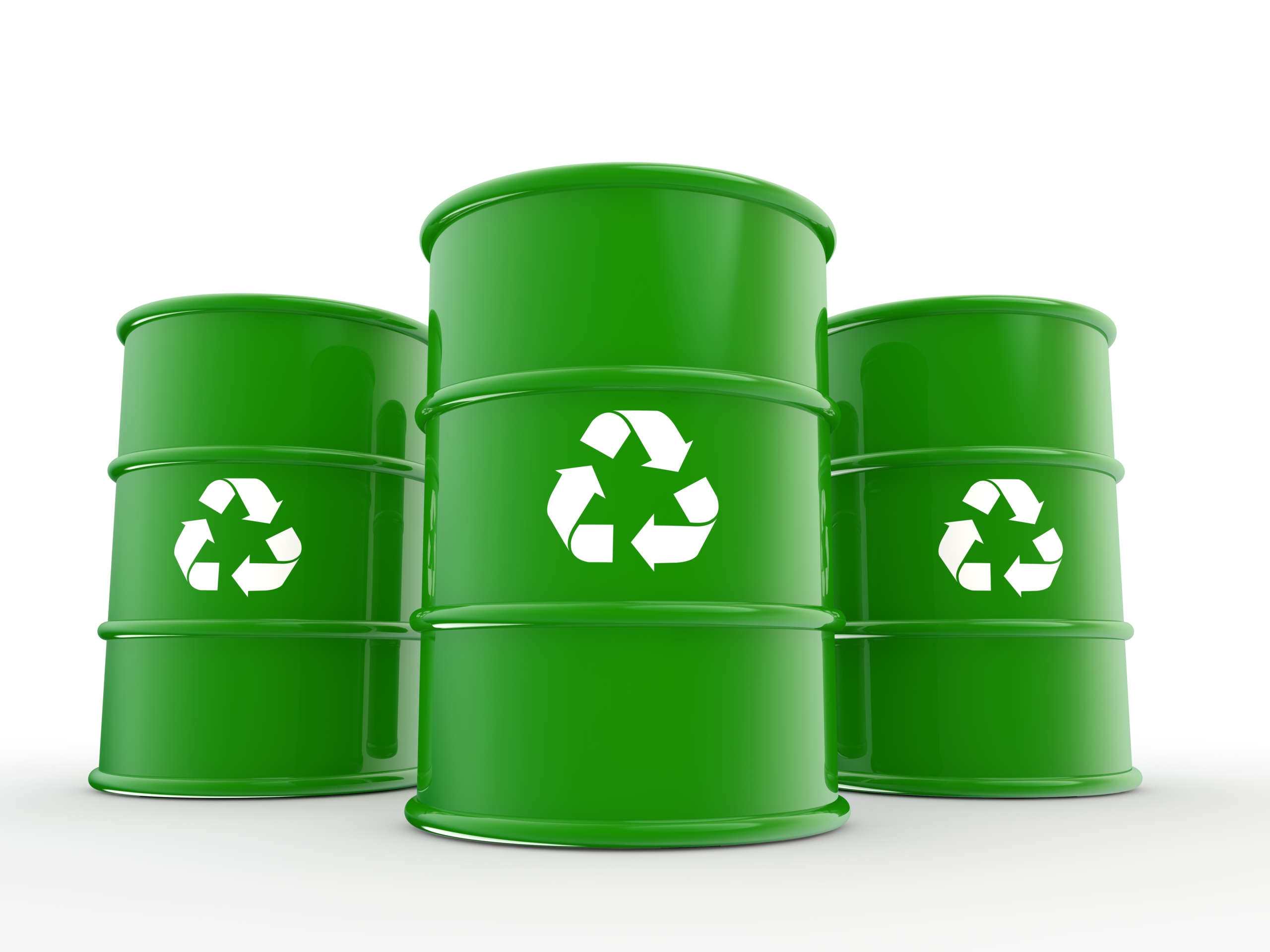Trichloroethylene, also known as TCE, is a versatile solvent used in a wide range of industrial applications. But even though this chemical is...
Blog


CHEMICAL INDUSTRY NEWS
Chemical Chat – Discover What’s New!
History of Women Cosmetic Scientists
While the world of science may not historically consist of women, it’s significantly influenced by them nonetheless. The various areas of scientific...
Cleaning Up Chesapeake Bay – Thomas Brennan
I was fortunate to grow up around water and attend college just minutes away from the James, a river flowing down from the Appalachian Mountains and...
Jorie’s Internship Experience
Did the Internship Meet My Expectations? The Ecolink internship did meet my expectations! I was a little nervous at...
History of Women Cosmetic Scientists
While the world of science may not historically consist of women, it’s significantly influenced by them nonetheless....
Company News

Managed Services
Discover the Latest in Safe and Sustainable Chemical Solutions
Stay informed with Ecolink’s blog! Subscribe now
Chemical Management Information
Stay updated with us
Sign Up for the Latest Updates
Stay informed about chemical supply chain disruptions and emerging innovations to keep your business at the forefront of efficiency and innovation. Uncover new ways to make your business practices more sustainable by incorporating safer products into your cleaning lineup.



